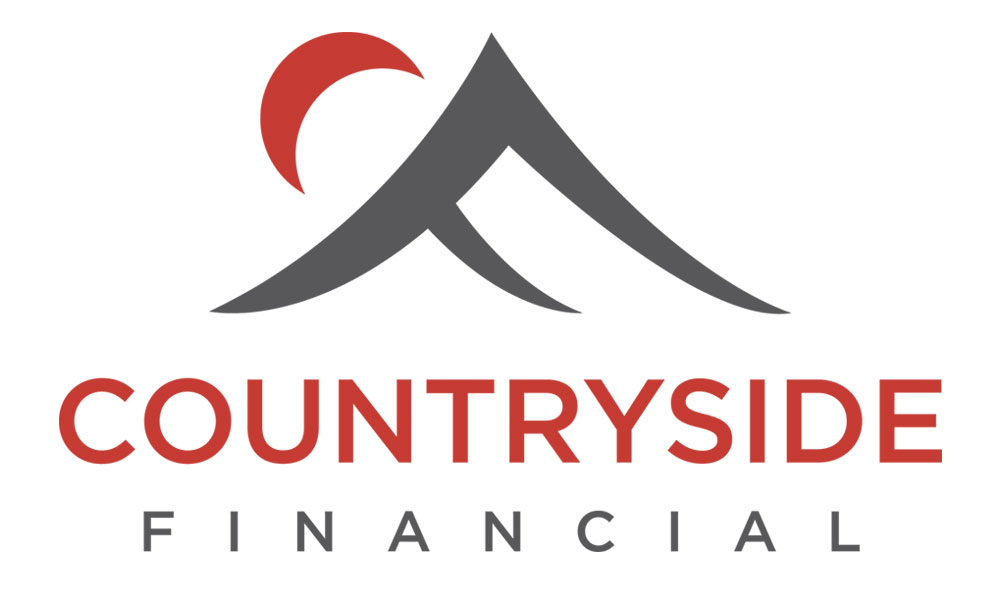Year End Tax Planning Ideas
With the year’s end fast approaching, here are some ideas to minimize your 2023 tax bill.
The first idea is to look at harvesting any tax losses in an investment portfolio to help offset any capital gains you may have triggered. Even if there are no capital gains, non-registered tax losses can be applied to previous year tax returns to generate a tax refund. Or capital losses can be carried forward indefinitely and used against future capital gains. Just remember to keep track of those figures as CRA may not do so.
Reminder: It is important to wait until sufficient time has passed if you plan to re-buy any investments sold for tax loss harvesting.
Several changes took effect on January 01, 2023 that may impact your personal tax situation. Many tax thresholds were adjusted due to higher inflation in 2022. With inflation running at elevated levels (compared to the past few decades), there is an expectation that the 2023 tax thresholds will be adjusted at some point.
The inflation adjustment number from CRA is 6.3% for all tax brackets. The Basic Personal Amount (BPA) is $15,000 for 2023. The BPA is the amount you can earn before paying any federal income tax. The new federal brackets are: $15,000 to $53,359 (15 per cent); from $53,359 to $106,717 (20.5 per cent); from $106,717 to $165,430 (26 per cent); from $165,430 to $235,675 (29 per cent); and anything above that is taxed at 33 per cent.
Each province also has its own set of provincial tax brackets, most of which have also been indexed to inflation, but using their respective provincial indexation factors.
The OAS tax claw back threshold rises to $86,912 for 2023 and is fully recovered at about $135,000 of eligible taxable income. The claw back rate is 15% on income above the threshold until it is fully repaid at around $135,000.
Some new tax planning options and wrinkles for 2023 and onwards include the new First Home Savings Account (FHSA). You can also still contribute to the old and continuing Home Buyer’s Plan. Both plans have pros and cons so talk to your advisor about your specific needs. Contributions to the FHSA are tax deductible and you can roll the entire plan into your RRSP, without affecting your RRSP contribution limits, if you decide not to use the plan to purchase a home.
There is also the new Multigenerational Home Renovation Tax Credit, which is equal to 15% of eligible expenses (up to $50,000) for a “qualifying renovation”. This is a home renovation that creates a secondary dwelling space for either a senior or a person with a disability to live with a relative.
Finally, the tax-free capital gains exemption for your personal residence is coming under increasing scrutiny as government looks for a new revenue source. The Trudeau Government has a West coast academic think tank working on ways to tax or extract revenue from the existing gains in your home. Currently, Canadians must report the sale of a principal residence, even if no taxes are payable, as a first step on a future path to possible taxation.
In an effort to “reduce speculative demand in the marketplace and help cool excessive price growth” a new anti-flipping rule came into effect January 1, 2023. The anti-flipping rule means that if any home is sold – before it is owned for more than 12 months (with certain exceptions) – any applicable capital gains will be 100% taxable as business income.
Please contact my office should you wish to review your personal tax situation with the upcoming year’s end in mind.
Also, visit myfinancialsolutions.ca for additional financial information on insurance, retirement, estate planning, investments and whole host of other financial topics.
Robert Hughes,
P. Eng., CFSB, CFP, CPCA


























